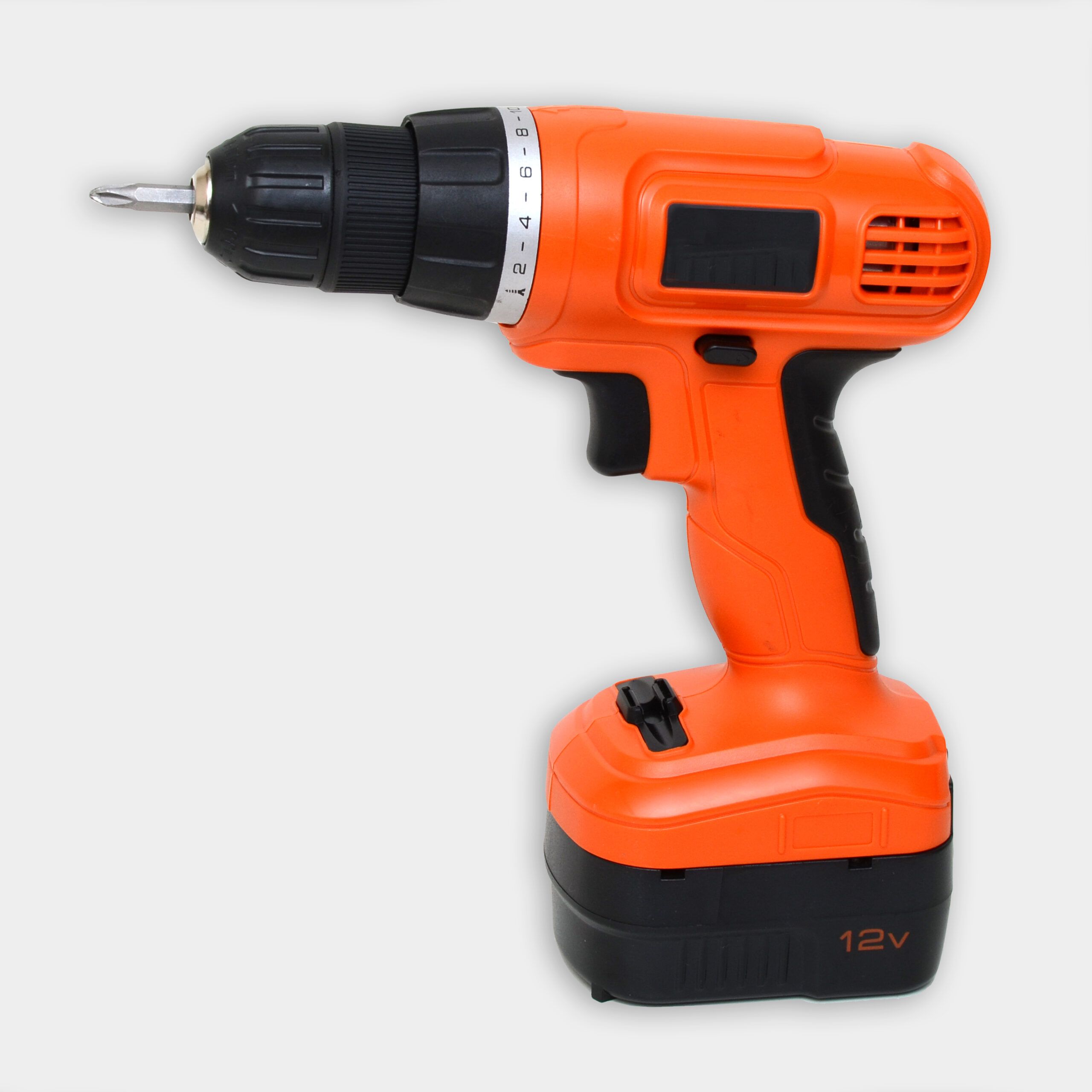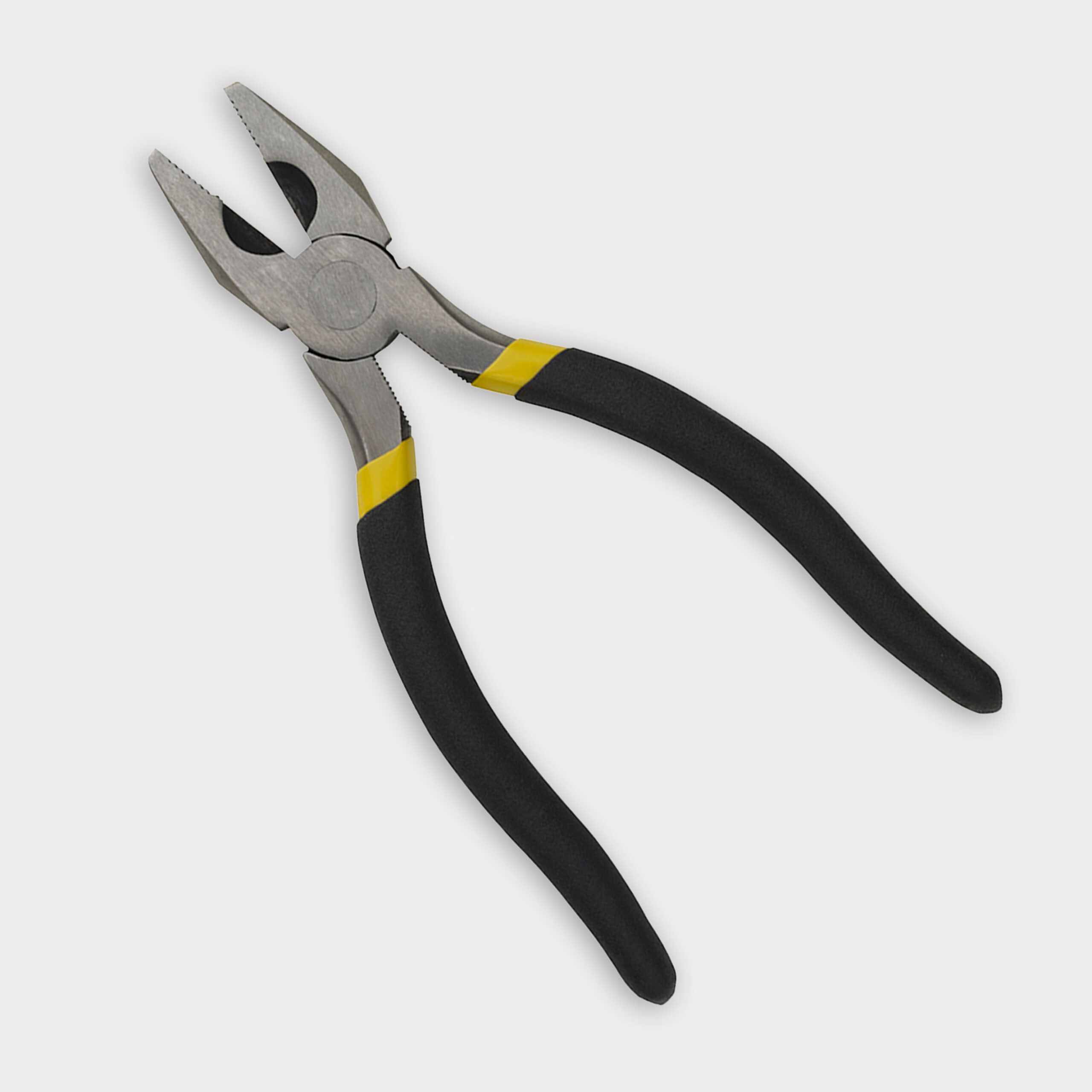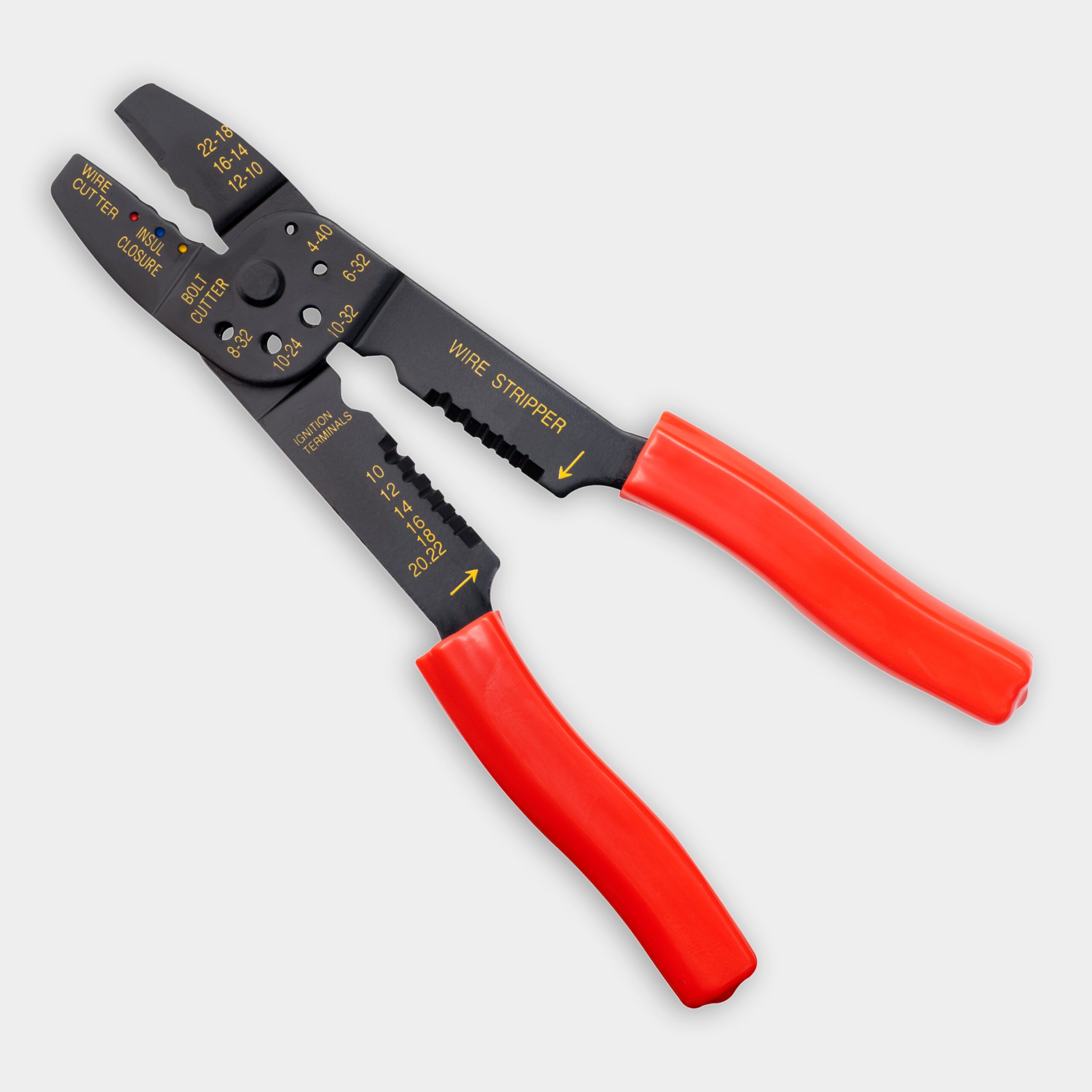We may be compensated if you purchase through links on our website. Our team is committed to delivering honest, objective, and independent reviews on home products and services.
Project details
Skill
Cost
Estimated Time
*Cost information in this article sourced from Angi.
A manual transfer switch is a valuable component for safely powering your home with a portable generator during outages. This device allows you to easily switch between utility power and generator power while preventing dangerous backfeeding.
In this guide and accompanying video, This Old House master electrician Scott Caron demonstrates the installation process for homeowner Bill, whose rural property experiences frequent power losses due to storms and earthquakes.
Understanding Manual Transfer Switches
A manual transfer switch is a critical safety device that connects your portable generator to your home’s electrical system. It allows you to power essential circuits during an outage without the risk of backfeeding electricity into utility lines.
How Manual Transfer Switches Work
Manual transfer switches isolate selected circuits from the main electrical panel. When utility power fails, you can start your generator and flip the switch to transfer those circuits to generator power. This setup eliminates the need for multiple extension cords running through your home.
Benefits of Installing a Manual Transfer Switch
Installing a manual transfer switch offers several advantages:
- Allows you to run multiple circuits from one generator connection.
- Eliminates hazardous extension cords running through doors or windows.
- Provides a permanent, code-compliant solution for generator hookup.
- Safely powers hardwired appliances like well pumps and heating systems.
Choosing the Right Manual Transfer Switch
You’ll need to consider the switch’s sizing and compatibility when selecting one for your generator.
Transfer Switch Sizing
Manual transfer switches typically accommodate six to 10 circuits. Choose a model that can handle the number of essential circuits you need to power during an outage. Remember that 240-volt appliances require two slots on the switch.
Compatibility with Your Generator
Ensure the transfer switch is compatible with your generator’s wattage and outlet configuration.
Manual Transfer Switch Installation Process
Installing a manual transfer switch requires electrical expertise, and we strongly recommend hiring a licensed electrician for the job.
However, understanding the process can help you prepare for the installation.
Mounting the Transfer Switch
Typically, the transfer switch mounts adjacent to the home’s main electrical panel. This placement allows for easy connection to existing circuits and convenient access during power outages.
Connecting to the Main Panel
As depicted in the video, the electrician will:
- Turn off the main power to the house.
- Remove the cover from the main electrical panel.
- Install an armored cable between the transfer switch and the main panel.
- Connect the ground and neutral wires to the appropriate bus bars.
- Rewire selected circuits to route through the transfer switch.
Installing the Power Inlet Box
The electrician will install a weatherproof power inlet box on the exterior of your home. This box lets you connect your generator safely to the transfer switch using a heavy-duty cord.
Final Testing and Configuration
Once the initial setup is complete, a final test will ensure everything operates correctly. This step verifies that each circuit can properly modulate between generator power and utility power without any issues. This crucial phase confirms the system’s readiness for an actual power outage.
Manual Transfer Switch Safety Considerations
Safety is paramount when working with electrical systems and generators. Always follow these guidelines:
- Hire a licensed electrician for installation.
- Install carbon monoxide detectors in your home.
- Keep generators outdoors and away from windows and doors.
- Never attempt to backfeed through a wall outlet.
- Regularly maintain your generator according to manufacturer instructions.
Risks of Backfeeding
Backfeeding occurs when power flows back into the utility lines, posing severe risks to utility workers and your home’s electrical system. A manual transfer switch eliminates this risk, ensuring power flows safely and correctly during an outage.
Generator Placement
Proper placement of your generator is crucial for safety. To avoid carbon monoxide buildup, place the generator in a well-ventilated outdoor area. Keep it at least 5 feet away from windows, doors, vents, and other combustible structures.
Using Your Manual Transfer Switch
Be sure to read the manual for your generator carefully and thoroughly. If you have any questions about its operation, ask the electrician who installed your switch.
Before an Outage
- Ensure your generator is in good working order and has fresh fuel.
- Familiarize yourself with the transfer switch operation.
- Keep the generator cord easily accessible.
During an Outage
- Place the generator in a safe outdoor location.
- Connect the generator to the power inlet box.
- Start the generator and allow it to stabilize.
- Flip the transfer switch to “Generator” position for selected circuits.
- Monitor generator fuel levels and appliance usage.
Returning to Utility Power
- When utility power is restored, flip the transfer switch back to “Line” position.
- Turn off and disconnect the generator.
- Allow the generator to cool before storing.
Common Issues and Troubleshooting
During an outage, you might encounter common issues such as the generator not starting or circuits not transferring properly. To resolve these issues quickly, familiarize yourself with the troubleshooting steps specific to your generator model.
Transfer Switch Maintenance and Testing
Regular maintenance ensures your manual transfer switch and generator system will function properly when needed.
Transfer Switch Maintenance
- Keep the area around the switch clean and accessible.
- Test the switch operation during planned outages or simulations.
- Visually inspect connections annually.
Generator Maintenance
- Change oil and filters according to the manufacturer’s schedule.
- Keep spare parts and fresh fuel on hand.
- Run the generator monthly to ensure proper operation.
Seasonal Considerations
If you reside in an area with severe weather conditions, prepare for seasonal maintenance. Confirm your generator is ready for winter storms or summer hurricanes by conducting checks before peak seasons. Having your system in top shape ensures reliability when you need it most.
Spare Parts and Supplies
Maintaining a stock of essential spare parts and supplies can be invaluable during prolonged outages. Items like spark plugs, oil, air filters, and extra fuel will keep your generator running smoothly.
Our Conclusion
Installing a manual transfer switch is a wise investment for homeowners who rely on portable generators during power outages. While professional installation is required, the added safety and convenience make it a worthy investment. With proper use and maintenance, a manual transfer switch can provide peace of mind and reliable backup power.



